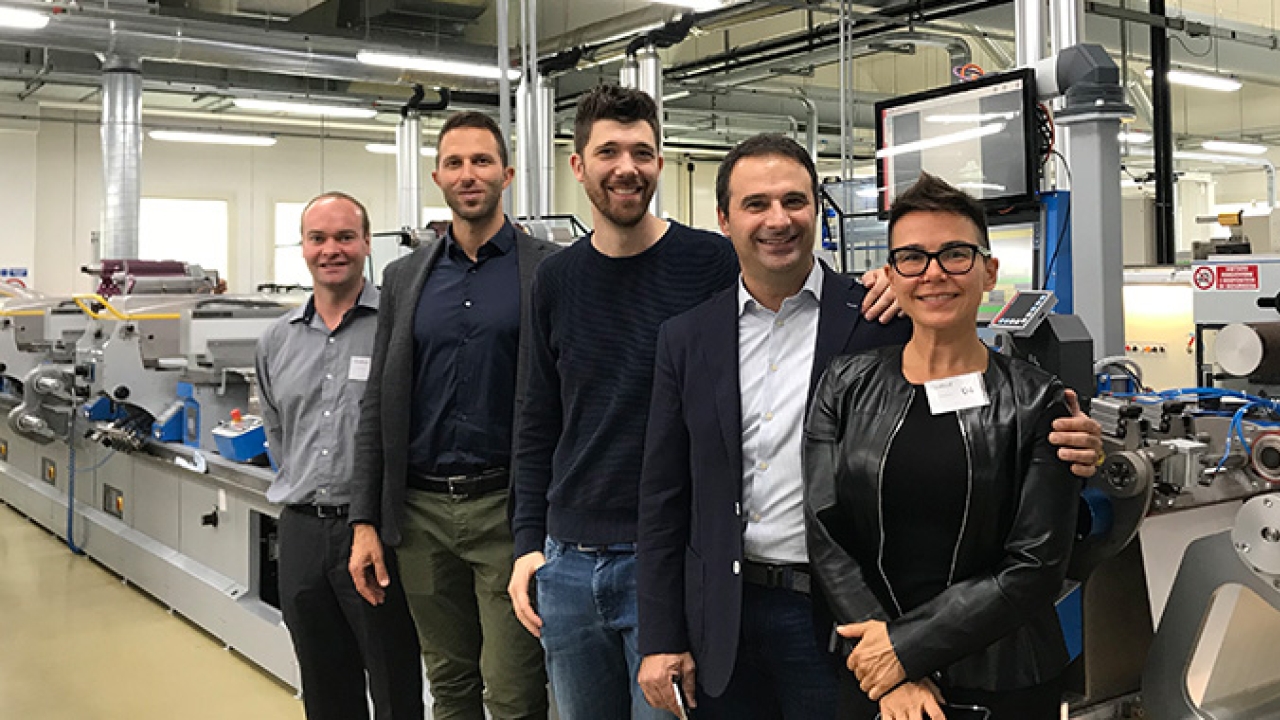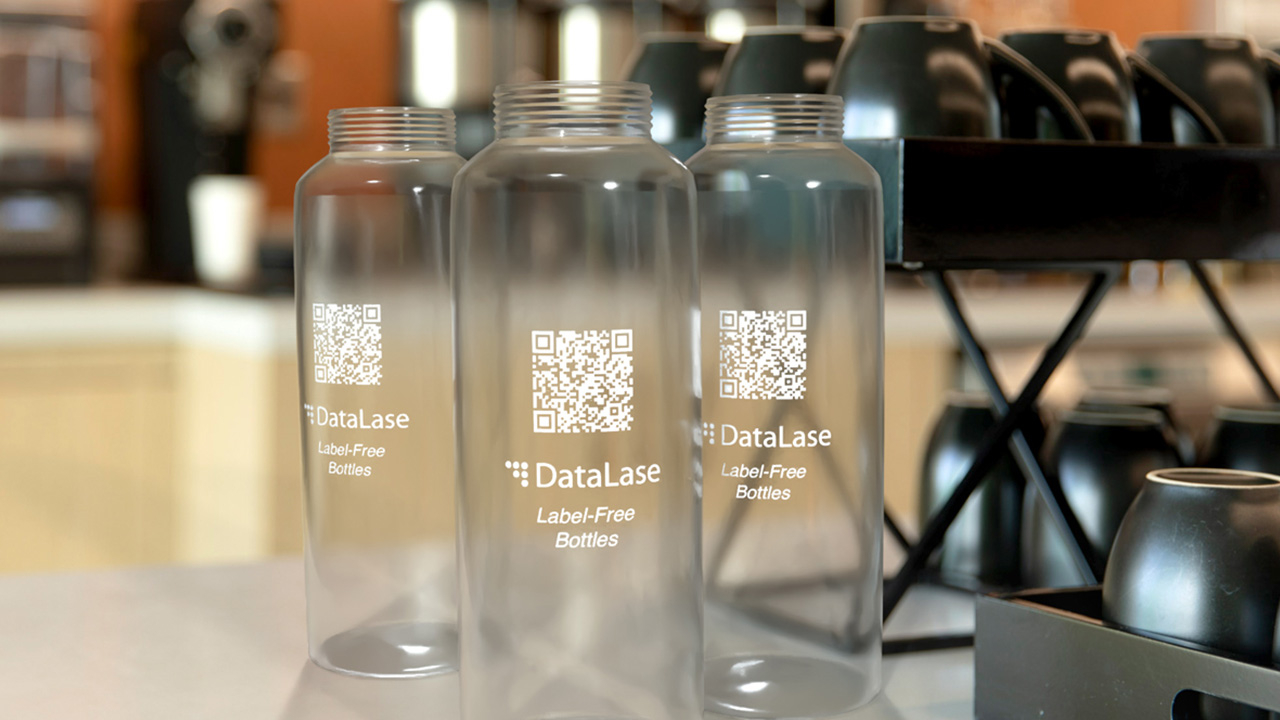Grafical’s wine labels boosted by Cartes

The company was founded in 1984 by Andrea Lonardi as a sheet-fed offset printer of business cards and labels, and moved to its current facility in 1998. Twenty percent of production remains sheet-fed today. A 6-color Heidelberg Speedmaster with in-line cold foil and a Komori Lithrone G40 have recently been joined by a HP Indigo 7900 digital sheet-fed press. They produce posters, flyers, brochures and business cards, cartons for cosmetics and coffee capsules, as well as wet-glue wine labels. Finishing takes place on foiling, stamping and die-cutting machines from Heidelberg, and folding equipment from Stahl.
Self-adhesive label production began in 2002, and now represents 80 percent of the business. Ninety percent of self-adhesive label production is dedicated to wine labels. ‘Around the year 2000, vineyards were beginning to transition to self-adhesive labels from wet-glue,’ says Sebastiano Lonardi, Andrea’s son and manager of the business, who joined the family company just over 10 years ago. Responding to the trend, Grafical moved into roll-to-roll with the installation of two Gallus TCS 250 presses, equipped with five offset units, semi-rotary hot foil, flexo varnish, screen and die-cutting.
These were followed by an HP Indigo digital press – the company now runs two HP Indigo 6800s – and Nilpeter MO4 offset presses installed in 2012 and 2014. The latter machines feature five offset units, a Pantec Rhino hot foil system, and flexo and screen units.
A wide array of finishing equipment includes two AB Graphic Digicon Series 2 and a Digicon Series 3; a Smag Galaxie flatbed screen, die-cutting and varnishing system; two Prati Saturn slitter rewinders with BST eltromat inspection systems; overprinting systems from Cartes and Berra; a Cartes laser die-cutting system; and Lundberg waste stripping units. Production is completed by pre-press equipment from Kodak and SPGPrints, and a Cerm MIS integrated with Esko software. An ink lab features IGT Testing Systems equipment and Vale Tech ink dispensing systems.
Added value finishing
In the last five years, Grafical has invested heavily in new technology, including upgrades to the HP Indigo and Gallus presses; adding Martin Automatic non-stop unwind/rewind units to both Nilpeter presses; the AB Graphic systems, and – two years ago – in a Cartes GT360 line equipped with four silkscreen units, two hot stamping units, varnishing, and semi-rotary die-cutting.
‘Grafical’s relationship with Cartes began more than ten years ago. We tested multiple machines but the Cartes GT360 offers great consistency and flexibility, with multiple configurations possible,’ says Sebastiano Lonardi. ‘It is equipped with four screen printing units, which is a big advantage. We use it more for printing than finishing – its register is absolutely perfect.’
According to Lonardi, there is increasing desire from Grafical’s vineyard customers for added value finishing options. ‘Varnish is now a must,’ he reports. ‘Customers require more added value finishing such as screen, varnishing and embossing. Thanks to the Cartes machine, we can offer glitter effects through screen inks; metal doming, created by overprinting foil on top of screen; and multi-layer labels – not booklet, but to provide extra thickness and the impression of quality. Design agencies are always looking for new tools, and the Cartes GT360 machine can provide all these advanced finishing options.’
For high quality wine labels, materials also play a key role. Grafical sources some 65 percent of its substrates from Avery Dennison. Arconvert and UPM Raflatac are also key suppliers, while smaller amounts come from Ritrama and Italnastri. Foils are bought from a local distributor which represents manufacturers in Japan, as well as API Foils and Foilco in the UK.
The majority of Grafical’s clients are local vineyards, though 3 percent of production is exported, mainly to a Danish customer. Eighty staff run two shifts, down from three thanks to increased efficiency following the raft of investments in new equipment.
Stay up to date
Subscribe to the free Label News newsletter and receive the latest content every week. We'll never share your email address.


